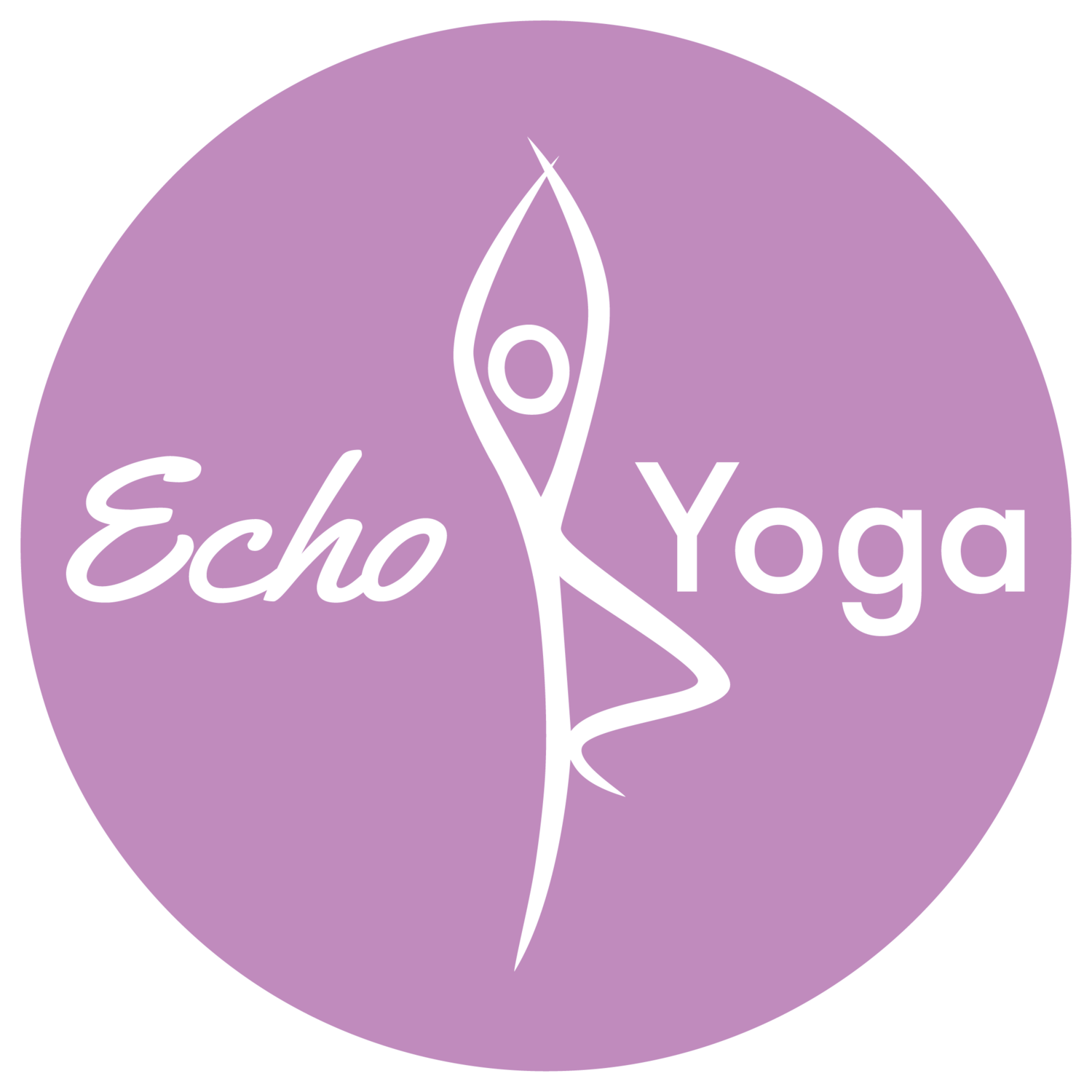Why do Yoga Nidra?
If you practice yoga and your focus is on asana practice you may not have come across yoga nidra and its benefits. Sometimes you may want a slow yoga practice or even time to yourself and relax. When this happens try yoga nidra, a guided relaxation promoting feelings of restfulness and wellbeing.
What are the benefits of yoga nidra and why should I consider including this in my yoga practice?
Yoga nidra' induces complete physical, mental and emotional relaxation. It is a state of consciousness, which is neither sleep nor awake, neither is it concentration nor hypnotism, it can be defined as an altered state of consciousness'. Kumar 2012.
Lets look at the key benefits of yoga nidra:
1. Taking time out for self care
Even before you actually practice yoga nidra the fact that you are taking time out for yourself is benefiting you. You are mentally allowing your self time to relax and just be present. Surrounding yourself with bolsters, blankets and eye pillows makes you feel warm, cosy and safe. This is the time for experiencing the emotional and psychological benefits of yoga nidra practice.
2. Helping you sleep well
'Yoga nidra can be helpful as something you practice as you go to sleep, when you wake up in the night, without drastically changing your sleep habits. However if the sleep habits are modified effectively, it can be used to help you get the best out of your sleep and to even enjoy the periods of wakefulness'. ( Tuli &Dinsmore-Tuli)
If you wish to explore this further check out the Sleep Well with Total Yoga Nidra, On line course (www.yoganidranetwork.org )
3. Reduces stress and anxiety
When the body is stressed the sympathetic nervous system is in overdrive. The flight or fight syndrome kicks in and the body is flooded with adrenaline and other hormones. Over time these cause chronic fatigue and stress to our bodies. This results in stress related illnesses such as chronic stress, anxiety, fatigue, high blood pressure, digestive problems. Yoga nidra induces relaxation using the parasympathetic nervous system. This counterbalances the sympathetic nervous system, relaxing the body and telling it that it is not in danger. Adrenaline is not needed.
4.Nurtures your deep potential
Sankalpa is 'a vow and commitment we make to support our highest truth' (Rod Stryker). By using the sankalpa and setting an intention for your practice you can set yourself on a path of discovery and achieving your heartfelt desire. This is not essential for your yoga nidra practice but it gives you the opportunity to focus your mind, identify your heartfelt desire and guide your life choices. 'How to create a Sankalpa' by Kelly McGonigal, published by Yoga International, is a great starting point to explore the power of having a sankalpa.
5. Can be used as therapy
Yoga nidra can be focused on the needs of an individual. The person delivering the yoga nidra can present a nidra designed to meet the needs of a specific person, whether that be to reduce anxiety or provide tools for to help the person manage physical pain. The Irest model of yoga nidra, developed by Richard Miller, was specifically designed to help people with PTSD. The relationship you have with your yoga nidra teacher is very important. This has to be a trusting relationship where you feel safe. During the Nidra they will guide you on a journey through a 20-40 minute session. At the end you should be safely be brought back to a wakeful state feeling rested.
Why practice yoga nidra?
Apart from the key benefits identified above it is worth remembering, in today's busy and often challenging lifestyles we do need to take time out and care for ourselves. Yoga nidra gives you the opportunity to 'check in' with yourself.
The body and mind is in a restful and wakeful state following a guided meditation. If you are a devoted yogi following the 8 limbs of yoga path, yoga nidra incorporates Pratyahara (Sense withdrawal), Dharana (Concentration) and Dhyana (Contemplation). Enhancing your yoga practice beyond focusing on asana.
Yoga nidra is often referred to as yoga's best kept secret and I agree. Practicing this guided meditation daily or weekly has profound benefits on well being. Try it! It adds that extra element to your yoga practice.


